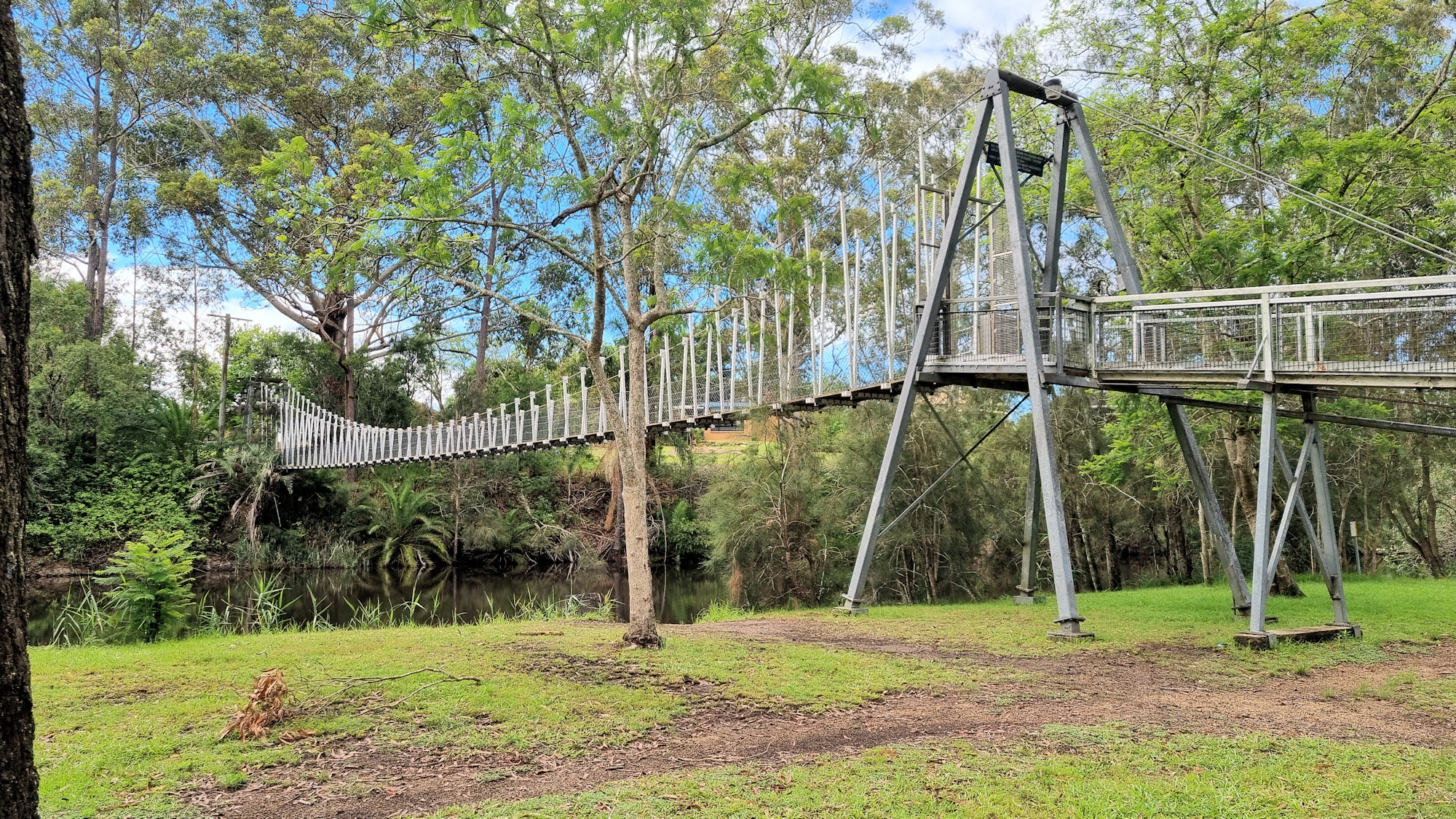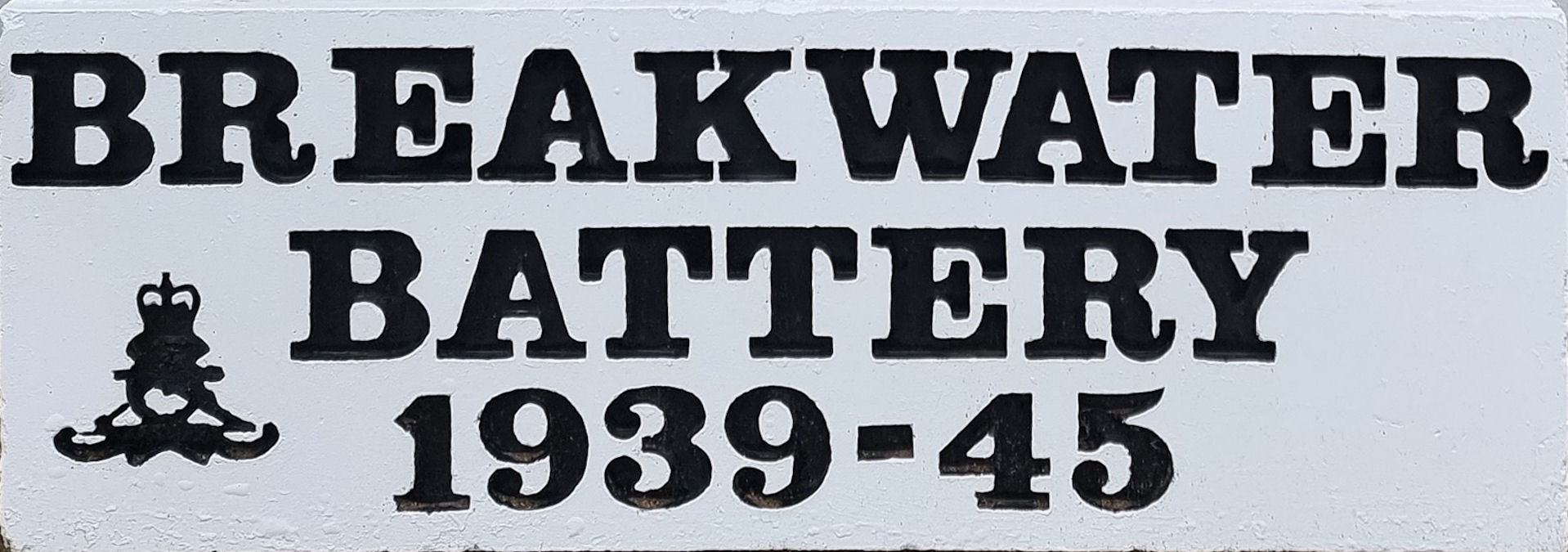Category: Building
Building
-
The Swinging Bridge Cooranbong

The Swinging Bridge Cooranbong Originally built in 1934 to allow access for workers to the nearby Sanitarium factory, the Swinging Bridge replaced rowing or swimming as the means to get to work. Crossing Dora Creek at Cooranbong the bridge can be tricky to find because it is located behind residential houses. We parked in Victory… Read more
-
Port Kembla Heritage Park

Port Kembla Heritage Park Containing many large artefacts from Port Kembla’s military and industrial past, the Port Kembla Heritage Park is both an interesting and educational to visit. We parked at the end of Gloucester Boulevard, although you could also use the carpark at Foreshore Road. The area formed an integral part of the defences… Read more
-
Newcastle Art Gallery December 2021

Newcastle Art Gallery With 3 exhibitions at the Newcastle Art Gallery in December 2021 it’s a great place to visit The three exhibits fill the galleries walls until January 30, 2022. About Being Here The first exhibit consists of ceramic art work by Angela Valamaneh of the Jam Factory. Titles “About Being Here” displays works… Read more